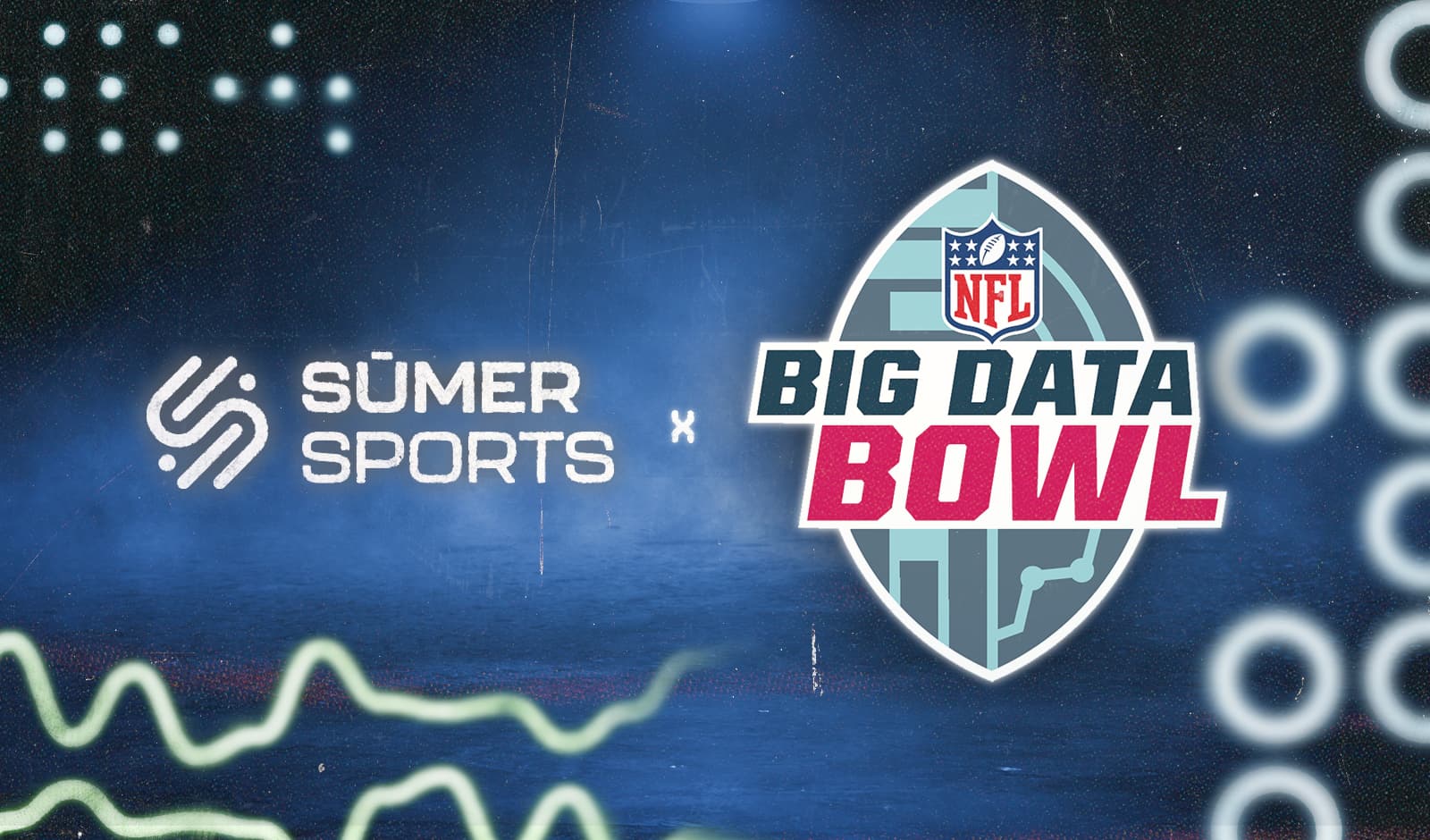Jeff Robinson has over 35 years of NFL experience as a college and pro scout for the Minnesota Vikings. You can find an accompanying podcast to this article in the SumerSports Show feed.
There is a moment of truth when a receiver is running down the field and the football is launched into the air.
Years of hard work, training, and practice have gone into deciding the outcome of that moment. A receiver jostles for position as a cornerback tracks the ball. Both jump up, but only one can be the winner.
The results of that moment define so many cornerbacks, but the building blocks that help a cornerback get to the largest stages with the brightest lights all need to be in place first. That is where the scout’s job starts.
I try my best to enter scouting corners with a blank slate. For the first three or four plays of film, I will not take a note. Instead, I want to get a feel for the player’s movement and their length; a player’s ability to patrol more space with a long reach can make up for other shortcomings.
Key Traits
Movement skills are pivotal for the cornerback position. I try to start at the micro level and then move to the macro when looking at key traits:
- Foot strike
- The way a cornerback’s foot hits the ground needs to be efficient and explosive
- Cornerbacks must be comfortable with their foot strike going forward and going backward
- Body position and weight distribution
- Does a player need to take extra steps to overcome how their weight is distributed or how their body is positioned on a given play?
- Short area movement skills
- Hip fluidity
- Transition out of breaks
- Acceleration when transitioning body positions
Man vs. Zone
Successful defenses understand how their players fit the coach’s system. Many defenses are now versatile and require players to be masters of both man and zone techniques:
- Zone cornerbacks must have the proper eyes, processing, and intelligence to play the proper technique
- A high-level zone cornerback is able to instinctively move based on what they see
- The best zone cornerbacks may be able to transition to safety later in their career based on how they see the game; this is no easy task
Inside vs. Outside
Though differentiating between outside and inside cornerbacks was once an easier task, college defenses have introduced versatility that is helping NFL defenses. Slot cornerbacks in college are added into the run fit at times, cover down against quick bubble screens, and sometimes rotate back to safety. To be an inside player, a cornerback needs to:
- Have the toughness and quickness to execute occasional blitzes and help fit the run,
- React physically and mentally to routes that quickly burst to the inside or outside, and
- Diagnose and adjust to multiple moving parts as teams try to get their best receiver into an advantageous position.
Players that can play outside, flex into the slot, and maybe be a backup at safety down the road have the versatility to open up precious roster spots for General Managers. Teams used to just bump small players inside, but offenses that isolate their big-bodied receivers on slot corners have changed this dynamic. Still, outside cornerbacks are premium players in the NFL.
The Moment of Truth
Ball production is tricky but is required from the top cornerbacks when they are targeted. It can be the difference between $2 million on a contract and $10 million.
Ball skills don’t just boil down to a cornerback’s hands; how a cornerback tracks the ball, how they go over the top of a receiver, and how they find ways to deflect the ball through contact all add up to wins for cornerbacks when the ball is in the air on the way to a receiver.
College cornerbacks can sometimes use their athleticism to overcome inefficient technique, but the competition level in the NFL exposes the unrefined. It is also very difficult to practice true-to-game scenarios where a cornerback and wide receiver are getting tangled up for a 50/50 ball.
The ability to produce when the ball is in the air is so important that it can even help cover up for a cornerback’s tackling ability. Getting a player to the ground is key, but there are so few elite players that can play in space against top-end receivers that coverage ability may help a player force themself onto the field.
SumerScout and Cornerbacks
Along with subjective film evaluation, SumerScout uses objective data as a supplement. When watching film, there are times that I feel players need to meet a certain threshold of how quickly they need to close space in certain situations. My eyes can produce an answer, but the advanced tracking data SumerScout provides helps me to confirm what I am seeing and create a baseline of comparison for other players.
Splitting hairs and busting stacks of similar players is a very difficult task in scouting. Using the best tools to do it could be the difference between a bad contract and finding the next breakout player.



.jpg&w=3840&q=75)
